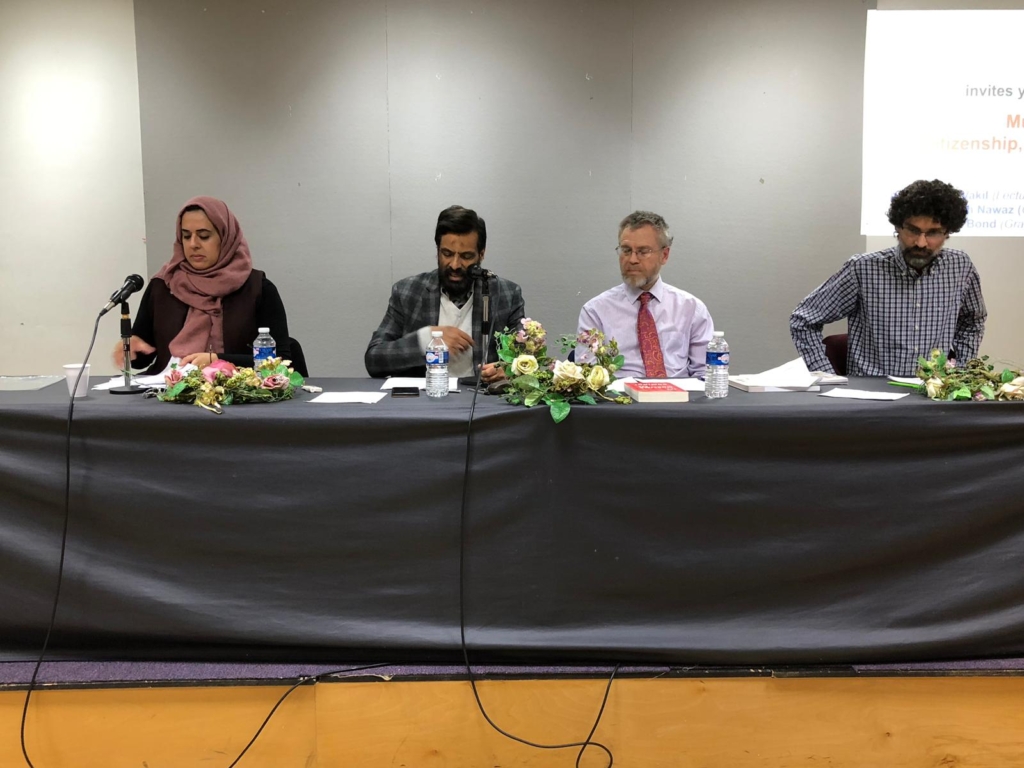Saudi Arabia, which leads the Gulf countries in terms of investment, is spending $ 25 billion on its rail network adding 3,900 kilometres of track through three major projects, said Business Monitor International (BMI).
The first of which is the Saudi Landbridge project, a 950 kilometre railway which will connect Jeddah and Dammam. The second is the 450 kilometre Haramain high-speed railway which will connect Mecca and Medina via Jeddah and finally the North South Railway which joins the northern mineral belt with Riyadh and the industrial city of Jubail.
The UAE has already committed $ 7.6 billion in Dubai on the Metro (red and green lines) and another $ 3.26 billion on several major road projects which is addition to a public-private partnership with Italian construction and infrastructure company Salini Costruttori, to overhaul sections of the UAE-Saudi Arabia Highway.
“Regional government policy and spending over the next ten years will define the region’s transport infrastructure. The amount allocated for investment in rail projects clearly demonstrates the region’s strategy for mass transit,” said Richard Pavitt, Exhibition Director of the Roadex-Railex exhibition.
“In the UAE capital, there are plans for a $ 7 billion 131 kilometre monorail track, most of which will be underground. Further funds are budgeted for a high-speed rail link with Dubai, freight rail corridor and new roads all scheduled for completion within the next five years,” said Pavitt.
Major infrastructure projects are being undertaken in the city and its suburbs in line with Abu Dhabi Vision 2030. The municipality is currently engaged in executing infrastructure projects worth Dh19 billion and has spent more than Dh20 billion on major roadworks in the past three years, according to Abdulla Al Shamsi, Acting Executive Director of the Municipal Infrastructure and Assets Sector. Elsewhere in the Gulf, significant amounts are being invested in infrastructure projects, in Kuwait, Bahrain, and Qatar, notably the $ 4 billion Qatar-Bahrain causeway which although currently delayed due to design, financial and technical issues, plans are at an advanced stage.


